Respiratory Muscle Strength Training for Tracheostomy
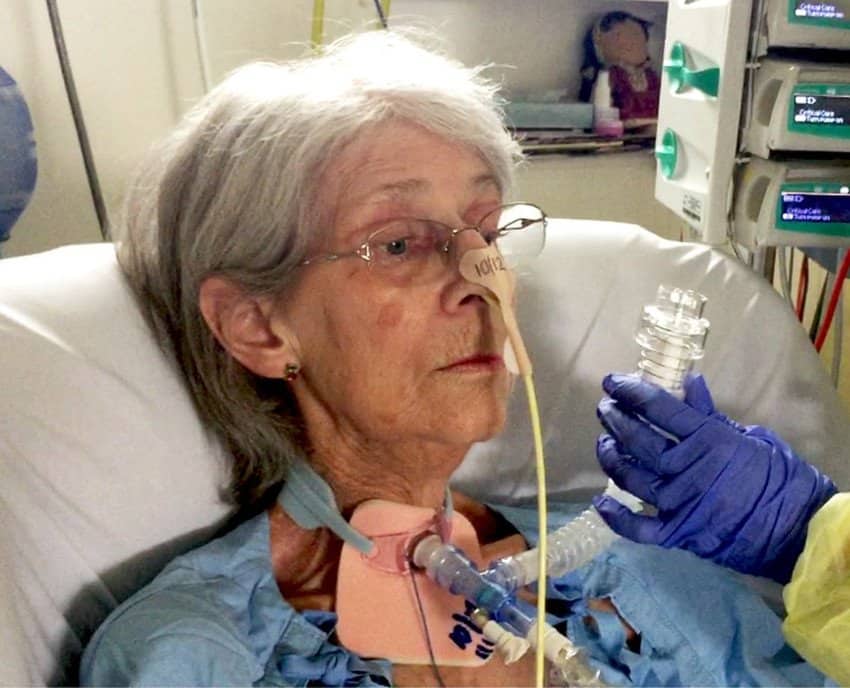
Respiratory Muscle Strength Training for Tracheostomy and Mechanical Ventilation
Respiratory muscle strength training can either be directed to the inspiratory or expiratory muscles. Respiratory muscle strength training has clinical benefits including: improved dyspnea, peak cough flow, laryngeal function, QOL, vent weaning, speech, voice and swallow performance. These benefits can translate to patients with tracheostomy and mechanical ventilation.
Expiratory muscle strength training (EMST) focuses the expiratory muscles including the abdominal wall muscles and the internal and external oblique and intercostal muscles. A primary goal of EMST is strengthening of the expiratory muscles by increasing the expiratory load during breathing exercises using either resistive or pressure threshold devices.
For secretion management issues, expiratory muscle strength training (EMST) has been shown to improve cough strength and swallowing. During EMST training, there has been increased activation of the submental muscles. Increased movement of the hyolaryngeal complex also occurred. Both of these are important for airway protection (Troche, M, 2015). EMST has shown improvements for individuals with neurologic conditions such as Parkinson disease, multiple sclerosis, and Lance-Adams syndrome; in those with respiratory diseases, such as chronic obstructive pulmonary disease; and in healthy young adults and sedentary and active elderly. Many patients with tracheostomy can benefit as they may have these underlying conditions.
Inspiratory muscle strength training (IMST) includes the diaphragm and the accessory muscles which are the sternocleidomastoid, scalenes and pectoralis minor. Inspiratory muscle strength training has been shown in some studies to improve weaning from mechanical ventilation. Inspiratory muscle strength can be measured by maximum inspiratory pressure (MIP).
Benefits of Respiratory Muscle Strength Training for Patients with Tracheostomy or Mechanical Ventilation
Patients with tracheostomy and/or mechanical ventilation typically have a cuffed tracheostomy tube that is initially placed during the tracheostomy procedure. The complication of tracheostomy, and particularly a cuffed tracheostomy may include impaired swallowing, impaired secretion management, weak cough reflex and muscle atrophy. These complications occur in part due to the altered breathing pattern once a cuffed tracheostomy tube is placed. The patient will inhale and exhale through the tracheostomy tube with little to no airflow through the upper airway. Mechanical ventilation provides a means to reduce the effort of breathing on the individual. The muscles of respiration are in limited use, and therefore disuse atrophy is common.
Respiratory muscle strength training can be beneficial for patients on mechanical ventilation to help with the weaning process. Patients on mechanical ventilation typically present with inspiratory muscle weakness, especially during prolonged mechanical ventilation. Diaphragmatic atrophy occurs rapidly and is detectable in patients after just 18–69 hours of controlled mechanical ventilation. Inspiratory muscle weakness is a predictor for failure to wean from the ventilator. Failure to wean from the ventilator is associated with critical illness myopathy, infections, airway trauma, mortality, morbidity, increased length of stay and reduced quality of life.
Ventilator and/or Tracheostomy Parametors
Respiratory muscle strength training is feasible and safe for patients with ETT or a tracheostomy tube in situ. The article, Inspiratory Muscle Strength Training for Intensive Care Patients: A Multidisciplinary Practical Guide, highlights the patients characteristics that are appropriate for using INSPIRATORY muscle strength training.
Patient characteristics include:
- Alert and cooperative
- PEEP less than or equal to 10
- FiO2 less than 60%
- RR less than 25
- Able to trigger spontaneous breaths on the ventilator
When using threshold or resistance devices, the patient must be disconnected from mechanical ventilation to perform INSPIRATORY muscle strength training, which can result in de-recruitment and atelectasis. This is why it is important that the patient is not requiring high levels of positive end expiratory pressure (PEEP). The device would be attached at the tracheostomy and INSPIRATORY strength training would be performed with the cuff INFLATED.
When using threshold or resistive devices for EXPIRATORY muscle strength training, the patient may remain attached to mechanical ventilation. A Passy-Muir Valve (PMSV) may be placed in-line with mechanical ventilation. The cuff must be fully deflated when a speaking valve is in place. When the PMSV is placed in-line with mechanical ventilation, the patient can then continue to be provided with positive pressure ventilation. With a Passy-Muir Valve in place, the valve is a one way valve that allows air to flow into the tracheostomy tube on inspiration and exhalation is redirected through the upper airway. The patient can then use an expiratory muscle strength trainer with a mouthpiece.
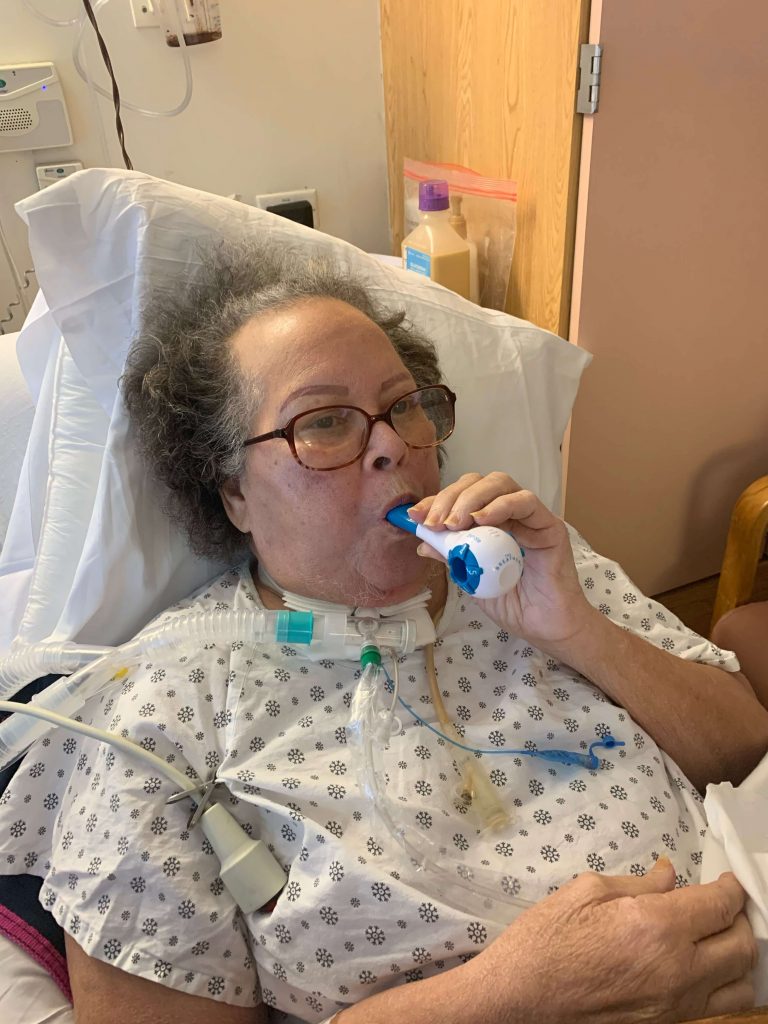
Protocol for Respiratory Muscle Strength Training with Tracheostomy and Mechanical Ventilation
You can purchase a sample respiratory muscle strength training protocol which includes how to use RMT at the hub of the tracheostomy as well as through the mouthpiece with either a speaking valve or cap in place.
Respiratory Muscle Devices
There are many inspiratory and expiratory strength trainers on the market. The most commonly used devices for RMT fall into two categories, improving muscle strength by breathing against a resistance or by overcoming a threshold. Protocols depend on the device used and the underlying disorder and should be tailored to each individual’s need.
Expiratory Muscle Strength Training Devices
- The Breather™ can be used for both inspiratory and expiratory respiratory muscle strength training. The Breather is a resistance device with easy to use inspiratory/expiratory dial.
- The Acapella combines positive expiratory pressure (PEP) training with vibrations to help mobilize secretions. The Green Acapella is for patients able to maintain an expiratory flow of greater than or equal to 15LPM for 3 seconds. The Blue Acapella is for less resistance. The frequency and flow resistance can be changed with the expiratory resistance dial.
- EMST-150™ is used for expiratory muscle strength training and uses a pressure relief valve. The calibration on the EMST150™ is adjustable from 0-150cm H20.
Inspiratory Muscle Strength Training Devices
Devices that provide inspiratory muscle strength training include The Breather, Threshold IMT, PowerBreathe, Ultrabreathe, Pflex, Portex IMT, and the O2 Trainer.
The Breather and Threshold IMT have adaptors that can be attached to the tracheostomy and also during mechanical ventilation. Inspiratory muscle strength training can be performed directly from the tracheostomy tube.
Inspiratory muscle strength training is not reliable with a one-way speaking valve in place. There is limited airflow through the upper airway on inspiration with a speaking valve in place. Instead most of the air during inspiration occurs through the tracheostomy tube when the diaphragm of the speaking valve opens during inspiration.
Once a patient is spontaneously breathing, inspiratory muscle strength training can be more efficiently performed through the upper airway with tracheal occlusion. The tracheostomy tube can be occluded using finger occlusion by either the clinician or the patient. The patient can then perform inspiratory muscle strength training since occlusion will allow inspiratory airflow to be redirected through the upper airway. Once the patient is able to tolerate capping, all inspiratory flow will occur through the upper airway for more efficient inspiratory muscle strength training.
The Breather Device
The Breather is both an inspiratory and expiratory muscle strength trainer that can be used with patients with tracheostomy and mechanical ventilation.
The Breather can be purchased below on Tracheostomy Education and it comes with a free tracheostomy and mechanical ventilation protocol (only if purchased on our site).
Purchase The Breather with Free Respiratory Muscle Strength Training Protocol
Respiratory Muscle Strength Training Webinar with Trach and Vent
Troche, M. Respiratory Muscle Strength Training for the Management of Airway Protective Deficits. Perspectives on Swallowing and Swallowing Disorders. 2015

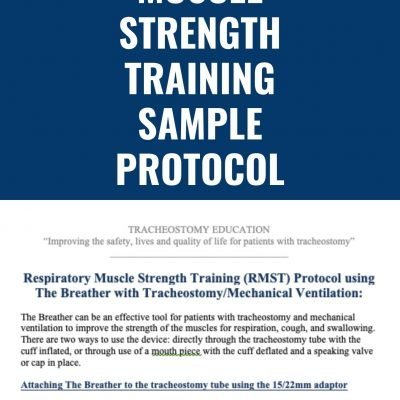
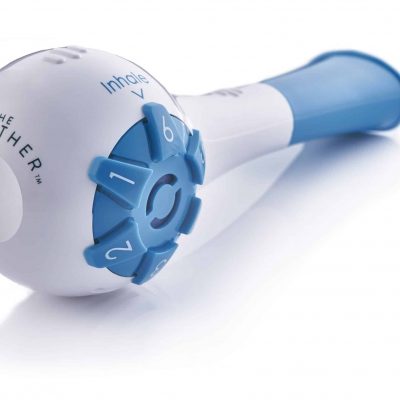
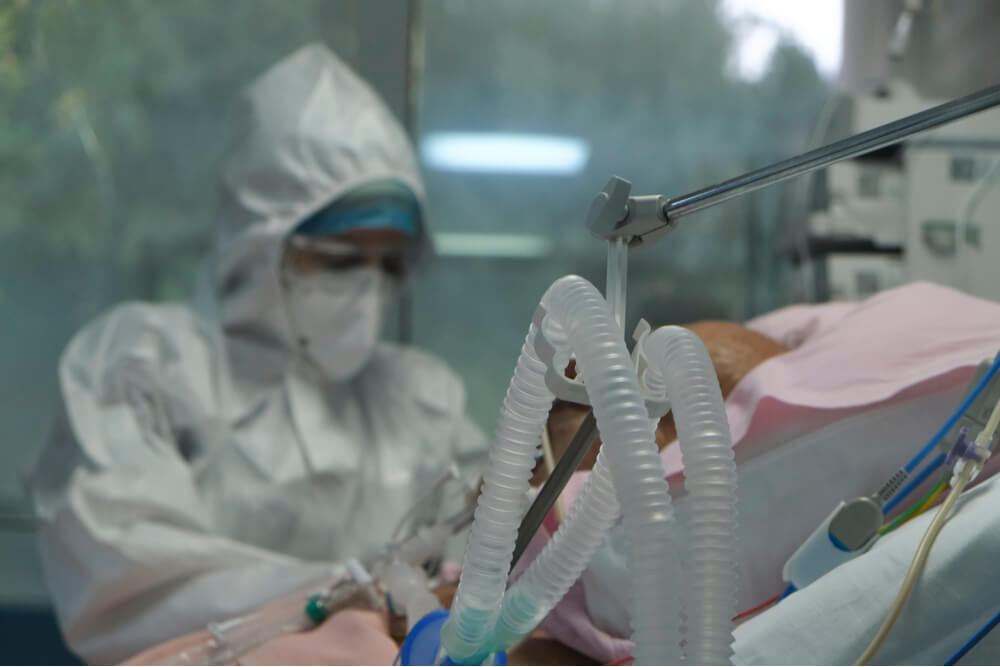
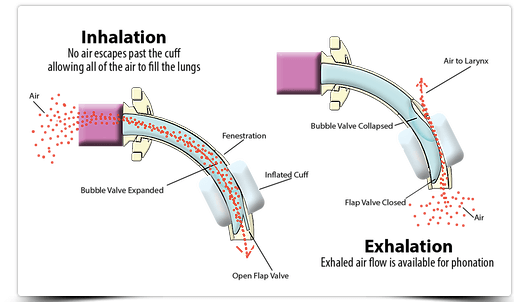

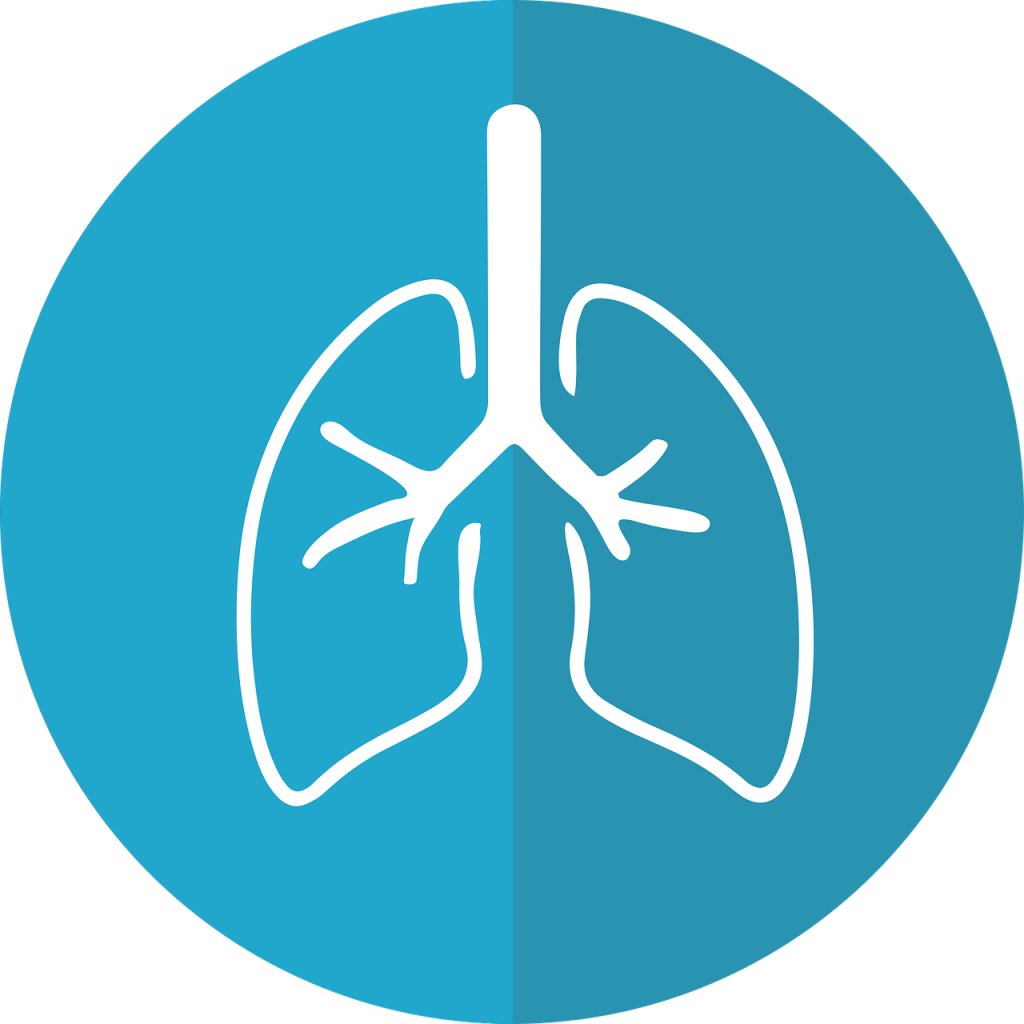
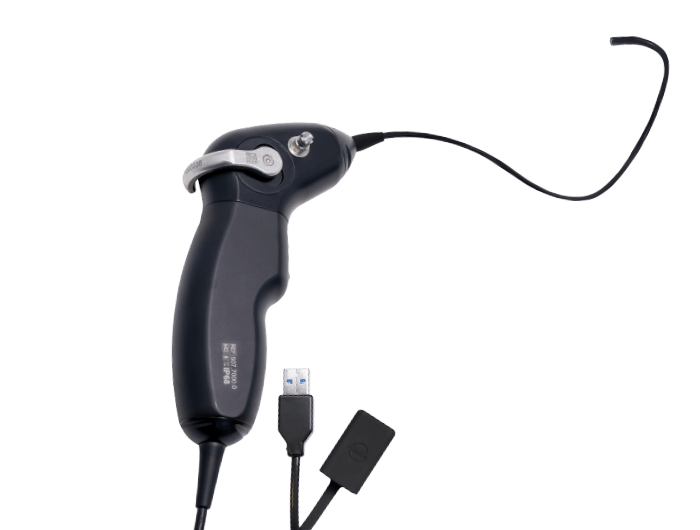
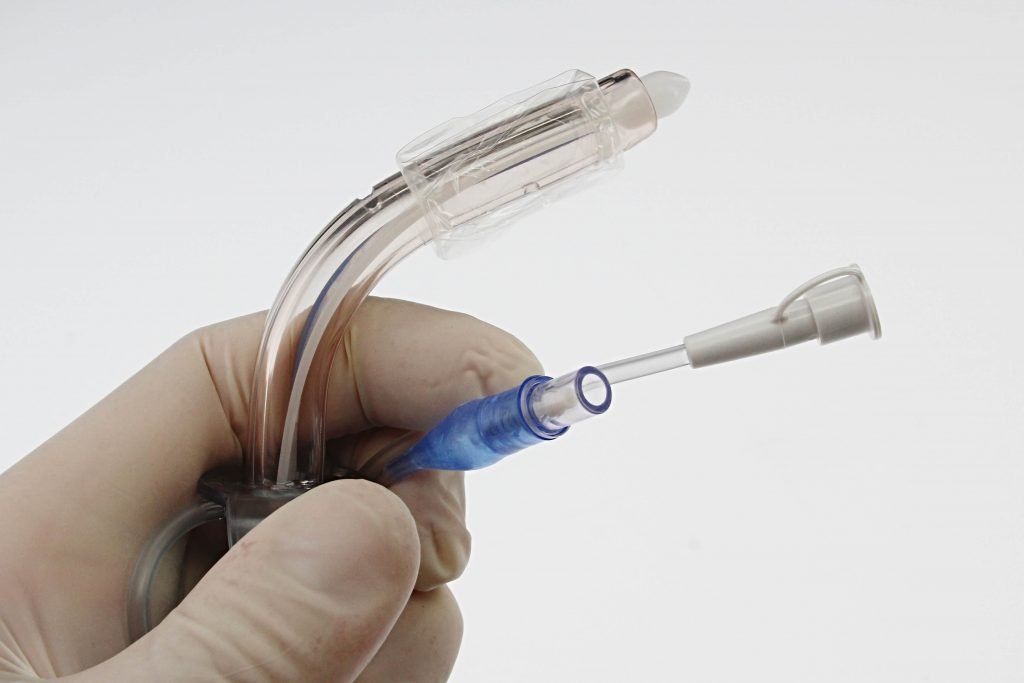
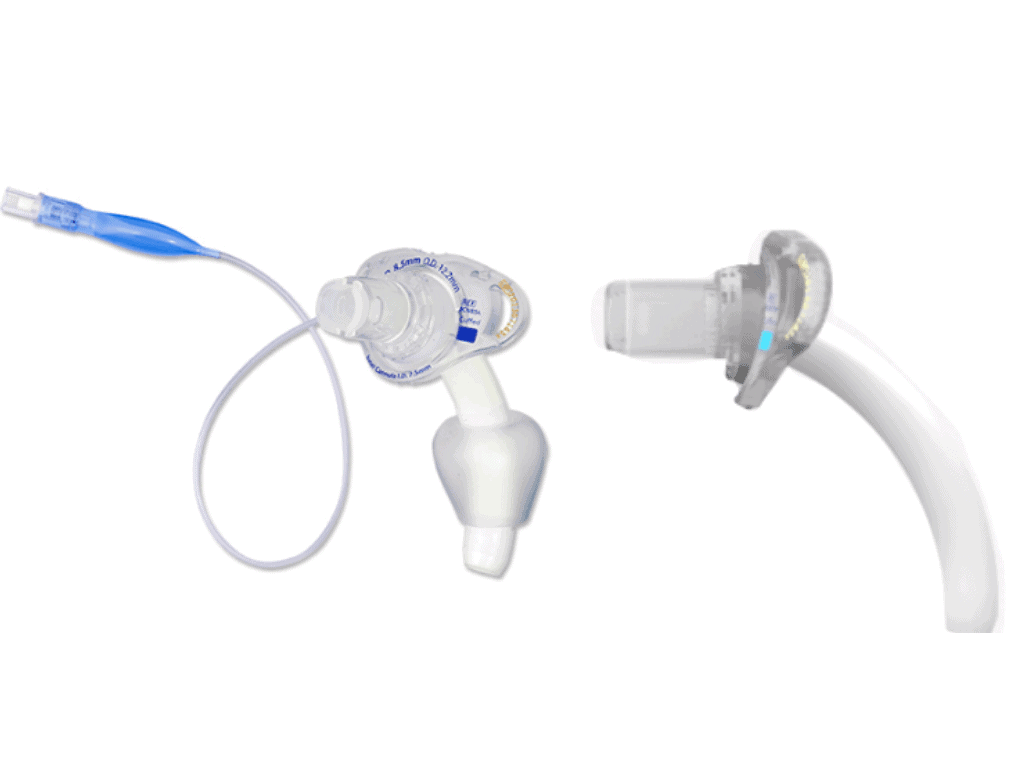
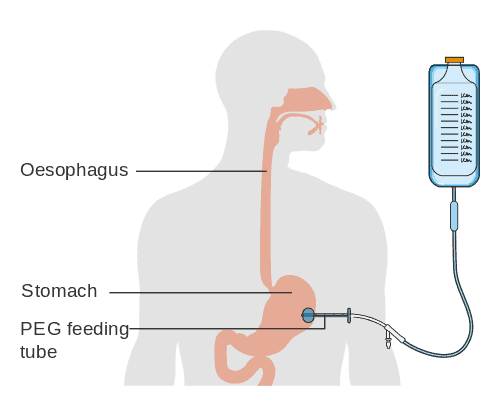

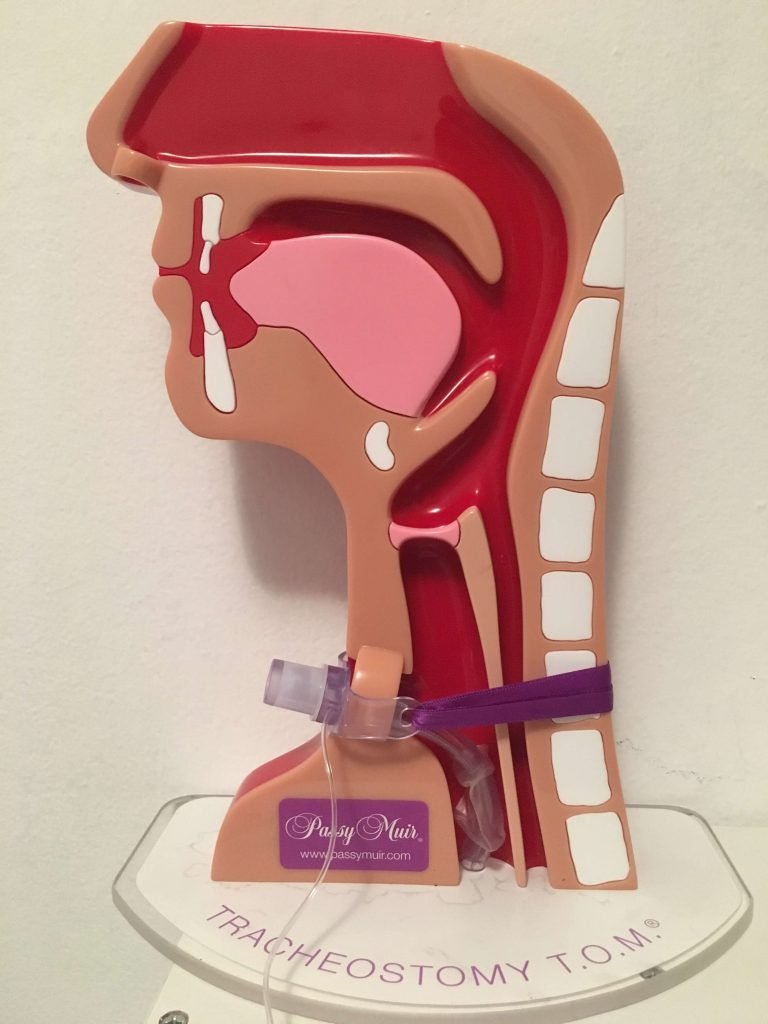

Responses